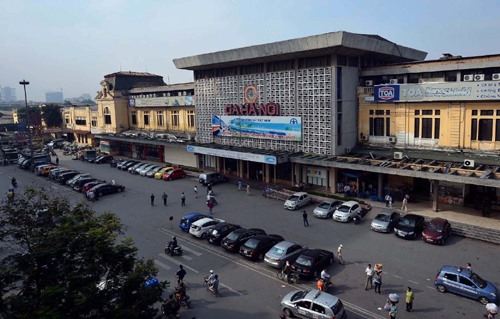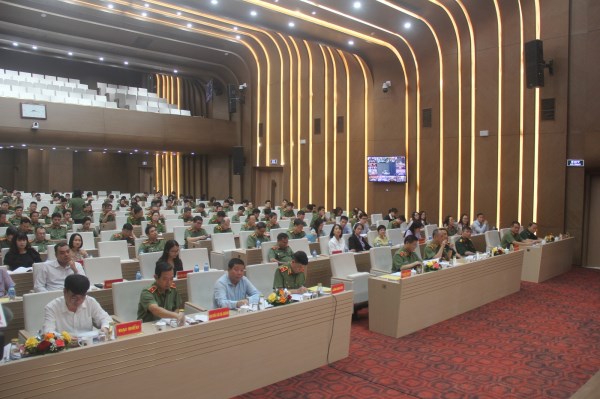 Society
Society

Rail tracks located in the inner city have caused problems for Hà Nội’s traffic, however, this will be addressed in the future when city planning is completed.
 |
| Hà Nội Railway Station.— VNA/VNS Photo Thanh Hà |
HÀ NỘI — Rail tracks located in the inner city have caused problems for Hà Nội’s traffic, however, this will be addressed in the future when city planning is completed.
Transport Deputy Minister Nguyễn Ngọc Đông made this comment referring to the proposal to move Hà Nội railway station out of the inner city.
“Traffic congestion (caused by the railways) is indeed taking place, at present. In the future, the rail tracks will not cause traffic jams. The Cát Linh-Hà Đông rail route will run on an elevated rail track or the Nhổn-Hà Nội rail route will be underground. We will address the problem,” he said, indicating he was not in favour of the proposal.
He said the Hà Nội transport development, including Hà Nội railway planning, has been scheduled.
According to the Việt Nam Railway Corporation, there are 5,564 crossings between rail tracks and roads nationwide. Hà Nội has the highest number of crossings. There are also a large number of national rail tracks running parallel with Hà Nội’s main roads, such as Lê Duẩn and Giải Phóng, and crossings between rail tracks and the city’s main transport routes, including densely-populated intersections such as Khâm Thiên, Đại Cổ Việt-Đào Duy Anh, Trường Chinh and Linh Đàm peninsula.
As a result, trains are banned from entering and moving out of the inner city during the rush hour, which is when there are maximum passengers. This has limited profits of the railway sector.
Vũ Anh Minh, chairman of the Việt Nam Railways Corporation, said worldwide, railways has two advantages -- safety and location in the inner city to meet travel demand.
He said major cities such as Paris, Tokyo, and Frankfurt have their national railways located in the city centre, which is connected with inner cities’ railways.
He said if the railways were not located in the city centre, small-sized vehicles carrying passengers to the suburbs would increase.
“Hundreds of other vehicles replacing a train carrying 700 to 1,000 passengers still put pressure on the inner city’s traffic,” he said.
In early August, the Hà Nội Police Department proposed to move the Hà Nội Railway Station and all inter-provincial rail tracks to the suburbs to avoid traffic congestion and fatal accidents in the inner city.
Figures from the city’s Traffic Safety Steering Committee show that in the first seven months of this year, as many as 14 traffic accidents occurred on railroads, leaving 13 dead and many injured.
Most of the accidents occurred at intersection points or crossings between rail tracks and streets as drivers and pedestrians failed to observe or obey railway signals.
The Ministry of Transport is also collecting opinions on its website to draft criteria to determine “black spots” of railway accidents.
The criteria proposed to determine potential spots of railway accidents are quality of railways and safety railway barriers, as well as the number of traffic accidents in a year. — VNS









